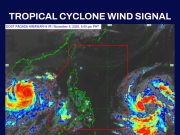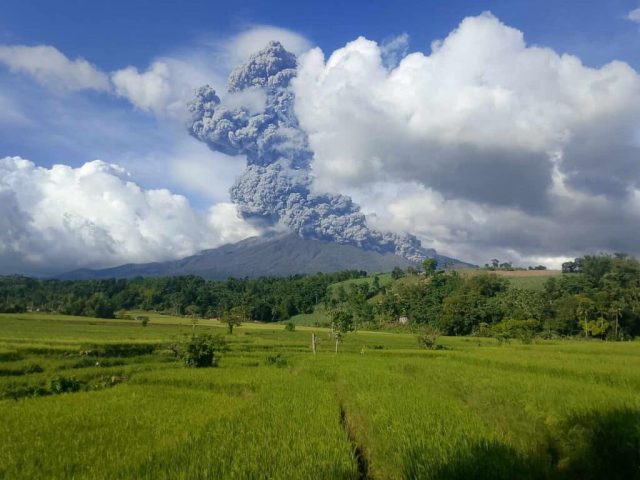BACOLOD CITY, Philippines — Negros Occidental province was placed under a state of calamity Friday following the December 9 eruption of Mount Kanlaon, as thousands of residents remain displaced in evacuation centers.
The Provincial Board’s declaration came after the Philippine Institute of Volcanology and Seismology (Phivolcs) raised the volcano’s status to Alert Level 3, indicating ongoing magmatic eruption with potential for more explosive activity.
The declaration enables local officials to tap into a PHP78 million ($1.4 million) quick response fund to aid affected communities, Vice Governor Jeffrey Ferrer said during a special session. “The province will assist those in need,” Ferrer stated, emphasizing the importance of extending financial support to affected residents.
Regional welfare authorities report that 5,082 families — approximately 17,216 individuals — have been impacted across six localities, including the cities of Bago and La Carlota. Of these, 3,611 families are currently sheltering in 22 evacuation centers, with the municipality of La Castellana bearing the brunt of the volcanic activity.
The provincial disaster management council estimates that over 33,800 people within the six-kilometer danger zone require assistance under the province’s contingency plan.
As part of emergency measures, officials have implemented a price freeze on basic commodities to prevent price gouging and hoarding. The move aims to protect consumers in affected areas from potential market manipulation during the crisis.
Mount Kanlaon, an active stratovolcano rising 2,465 meters (8,087 feet), is one of the most active volcanoes in the central Philippines. The last significant eruption occurred in 2017.
Authorities continue to monitor the situation closely as volcanic activity persists, with local government units maintaining evacuation protocols for residents in high-risk areas.












